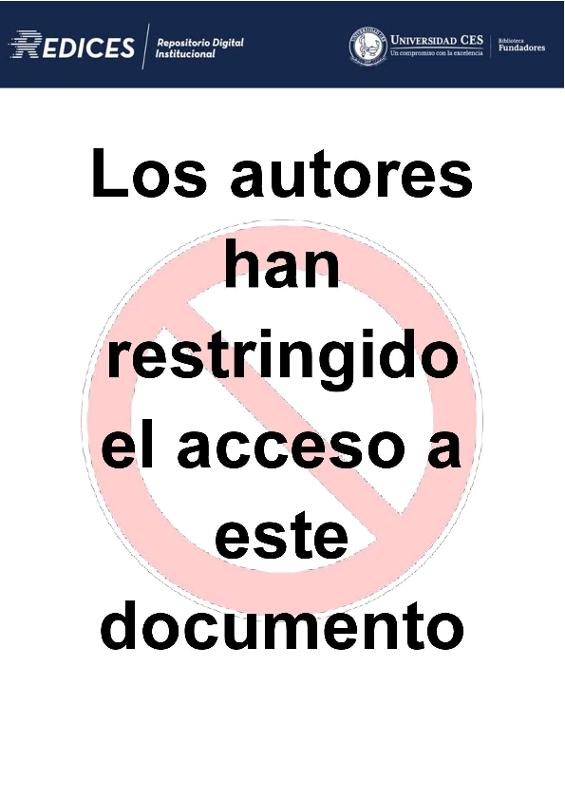Mostrar el registro sencillo del ítem
High and Low Affinity Transport of Nitrate and Ammonium by Plant Roots.
| dc.contributor | Mejía Sandoval, Gregory | |
| dc.contributor.author | Ruiz Ramirez, Juan Rafael | |
| dc.contributor.author | Antpöhler, Jennifer | |
| dc.date.accessioned | 2018-04-26T18:43:53Z | |
| dc.date.available | 2018-04-26T18:43:53Z | |
| dc.date.issued | 2013 | |
| dc.identifier.uri | http://hdl.handle.net/10946/1121 | |
| dc.description.abstract | Physiological and molecular studies have established that the absorption of NO3 - and NH4 + by plant roots is mediated by two transport systems, one called HATS (High Affinity Transport System) divided into constitutive (cHATS) and inducible (iHATS) and another one called LATS (Low Affinity Transport System), both dependent on the proton gradient generated by the H+-ATPase. The genetic families identified that code for the nitrogen transport proteins are Nrt1 and Nrt2 for nitrate transport and Amt1 and Amt2 for ammonium. The genes are regulated at a transcriptional and post transcriptional level by the concentration of NO3 - in the soil’s solution, by the metabolites produced in the assimilation of NO3 - and NH4+, sugars produced during photosynthesis, the pH of the rhizosphere and the light/darkness periods. The identification and basic knowledge of the genes and their transcriptional and postranscriptional regulation are key components for improving the efficiency in the absorption and metabolism of nitrogen in agricultural cultures (including forage production) and optimizing productive processes, reducing costs and being sustainable for the environment. | spa |
| dc.language.iso | en | spa |
| dc.publisher | Univesidad CES | spa |
| dc.subject | Amonio | spa |
| dc.subject | Medicina veterinaria y zootecnia | spa |
| dc.subject | Nitrógeno | spa |
| dc.subject | Plantas | spa |
| dc.title | High and Low Affinity Transport of Nitrate and Ammonium by Plant Roots. | spa |
| dc.type | Tesis de grado | spa |
| dc.rights.license | Restricted | spa |
| dc.contributor.role | Asesor | spa |



